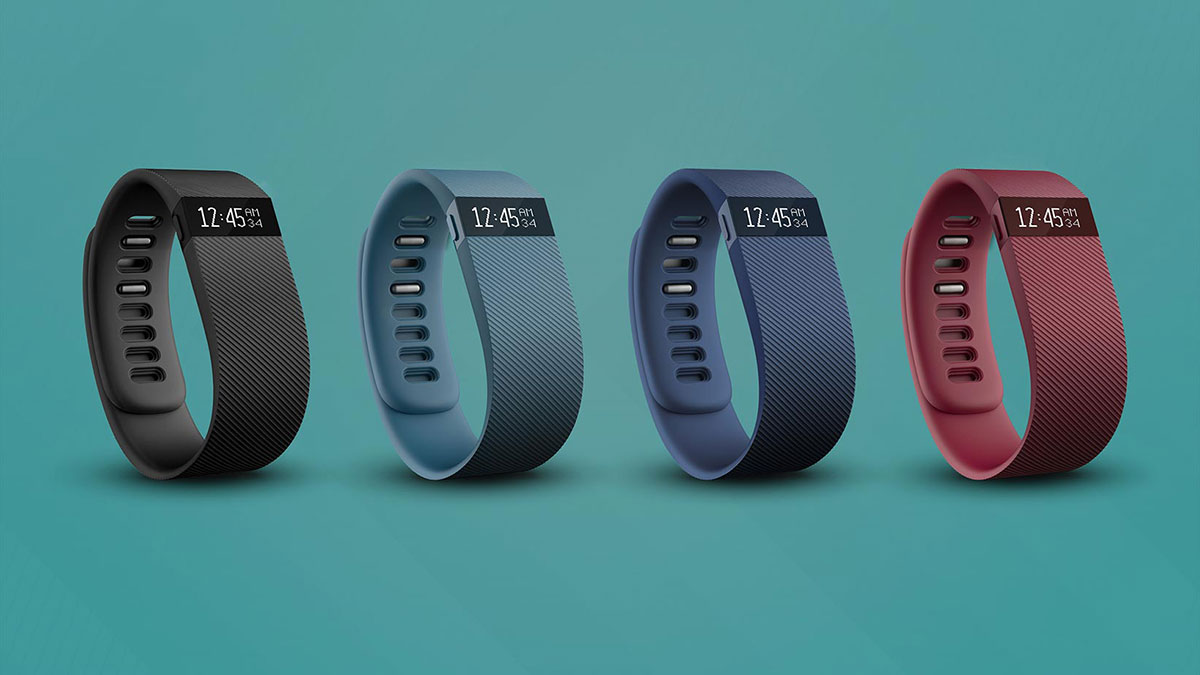 Christina Varvis
Christina VarvisIt’s a new year, and you know what that means: resolutions to get fit in an unrealistically short amount of time.
Nielsen Media Research found that the top resolutions for 2015 were to stay fit and lose weight, and I highly doubt 2016 will be any different. It’s a great goal, but many people rush into it too fast, get burnt out and end up wasting money. Since I’m one of the people who wants to get fit, I shouldn’t be writing about the first two points. So let’s talk about the wasting money part.
It’s a common that people spend hundreds of dollars on fitness memberships in January, use them for a month, and then gradually stop going the gym. But there’s a new way to spend money on fitness now: activity trackers. And unless you’re at a competitive enough stage where you need to track your heart rate, buying one is a $50 — or usually much more — waste of money.
Fitness trackers come at all price points, but the more you pay, the more features you get. These can include tracking swimming, heart rate, GPS tracking and more. Spending more also usually gets you a more aesthetically pleasing tracker, although most of them still look like gaudy rubber straps with LED displays.
Entry level trackers are marketed towards sedentary people that don’t work out. So, me. The Fitbit product pages states that their “Everyday” category products will “turn your everyday life into a path to fitness.” At first this sounds great. Now I’ll know exactly how many steps I take when I get up from my desk for five minutes, walk to work and go for the occasional stroll through the River Valley.
The tracker generates graphs, and shows how many calories I burned. I like numbers, too, but I have to ask: now what? My phone automatically tracks steps and makes graphs, and although they probably aren’t as accurate as a dedicated fitness tracker’s, they definitely don’t encourage me to be more active. I barely even look at them because I don’t need a chart to tell me that I spent too much time sitting down today.
Some trackers can also track sleep, but I already have an indicator for not sleeping enough, and it’s called being tired. If I feel tired, I should probably go to bed earlier the next day. Why would I need a wrist-mounted computer thing to tell me that?
The extra features also look very enticing. For only $20 more, you’ll know how many flights of stairs you climbed! Spend an extra $40 and you can get a tracker that tracks swimming! But if you don’t swim anyways, you definitely don’t need a gadget to start. Instead, just like everything else they track, it’s better to start doing those activities, take some classes and become decent at them first.
Look, if you’re past the point of getting fit and exercise has become a hobby, then I can see why a fitness tracker would be neat. You can track your heart rate, figure out where to improve, and more. But if you’re just starting out, improvement can be as simple as going for a 30-minute walk instead of surfing Reddit, or doing 20 minutes of yoga instead of watching a fifth straight episode of Sense8 on Netflix. It’s not much but it’s something, and you don’t need charts and graphs generated by yet another gadget to tell you that. Save your money save yourself from getting distracted by the small details. Instead, work on changing your overall habits and gradually adding exercise to your routine.




